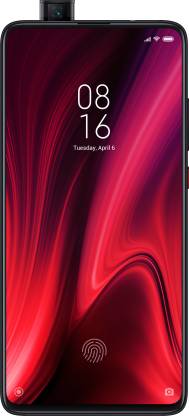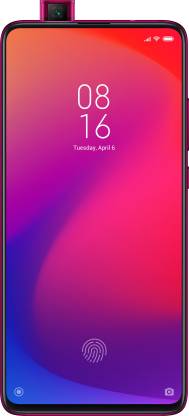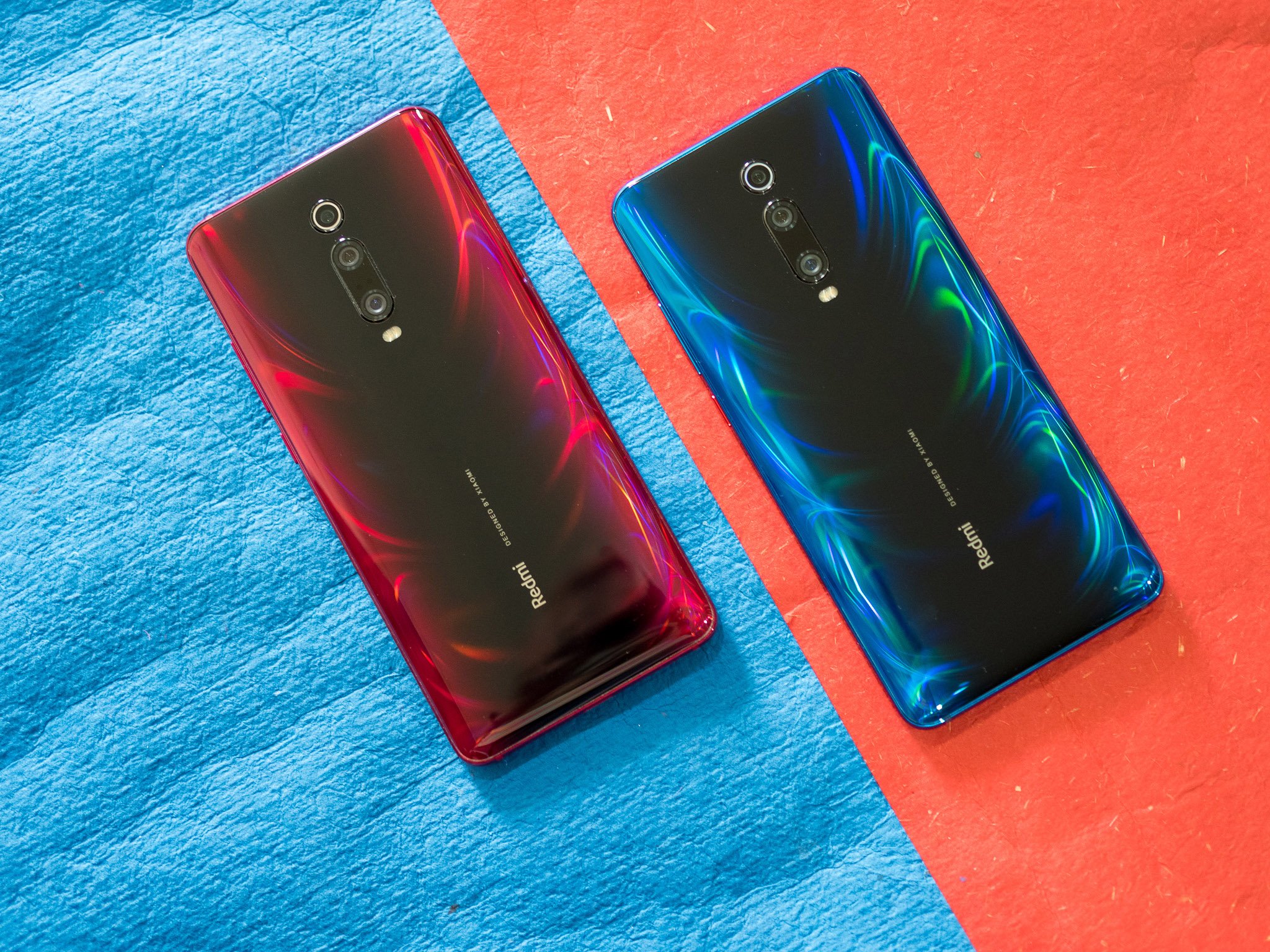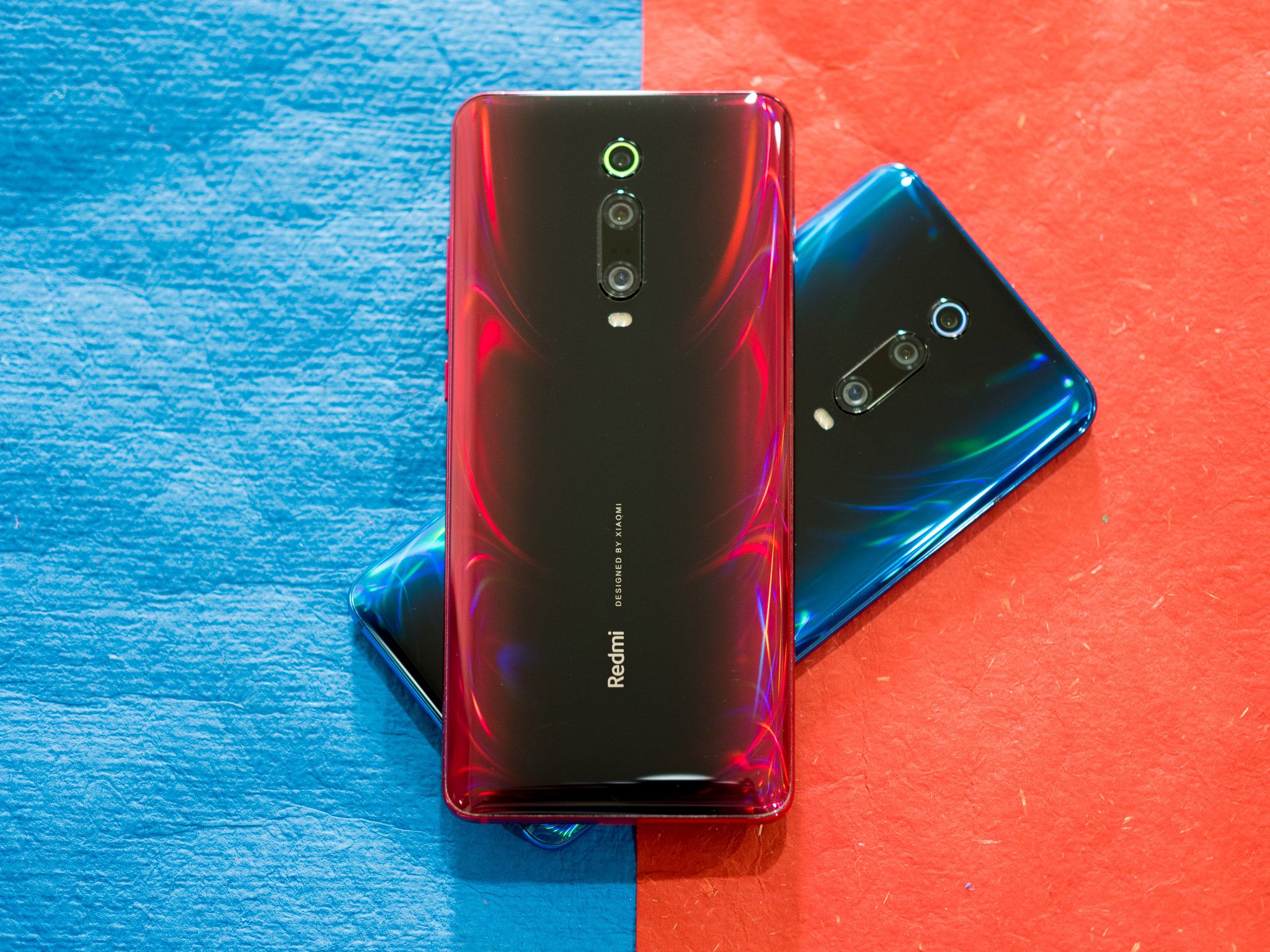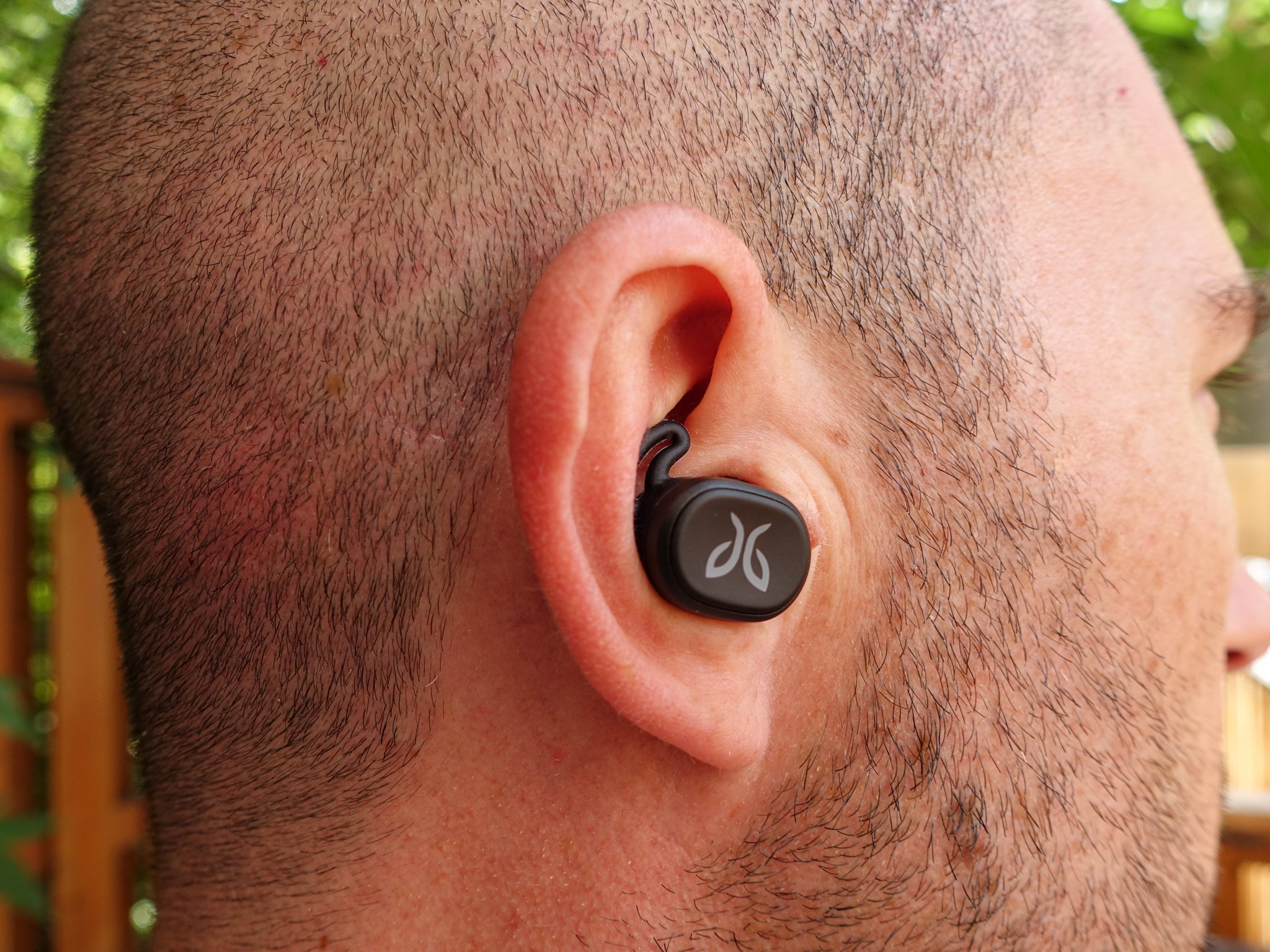
The 'Vista' brand should be beyond repair, damaged by an operating system few miss (and fewer used). So it was surprising that the name's audacious revival should come from none other than Jaybird, whose Run, Tarah and X-series earbuds have been favorites of the running class for many years.
Jaybird's Vista earbuds are truly wireless, which means like the Run and Run XT before it, and popularized by Apple's AirPods, they are not connected by wires. It also means they can be used independently. But unlike the Run series, Vista is incredibly light and conveniently magnetic. And unlike the AirPods, they actually sound great.
At $180, they're not cheap, but they're also pretty compelling for the right kind of person. Are you that person? Let's find out.
Lightweight, deep bass
Jaybird Vista Truly Wireless Sport Headphones
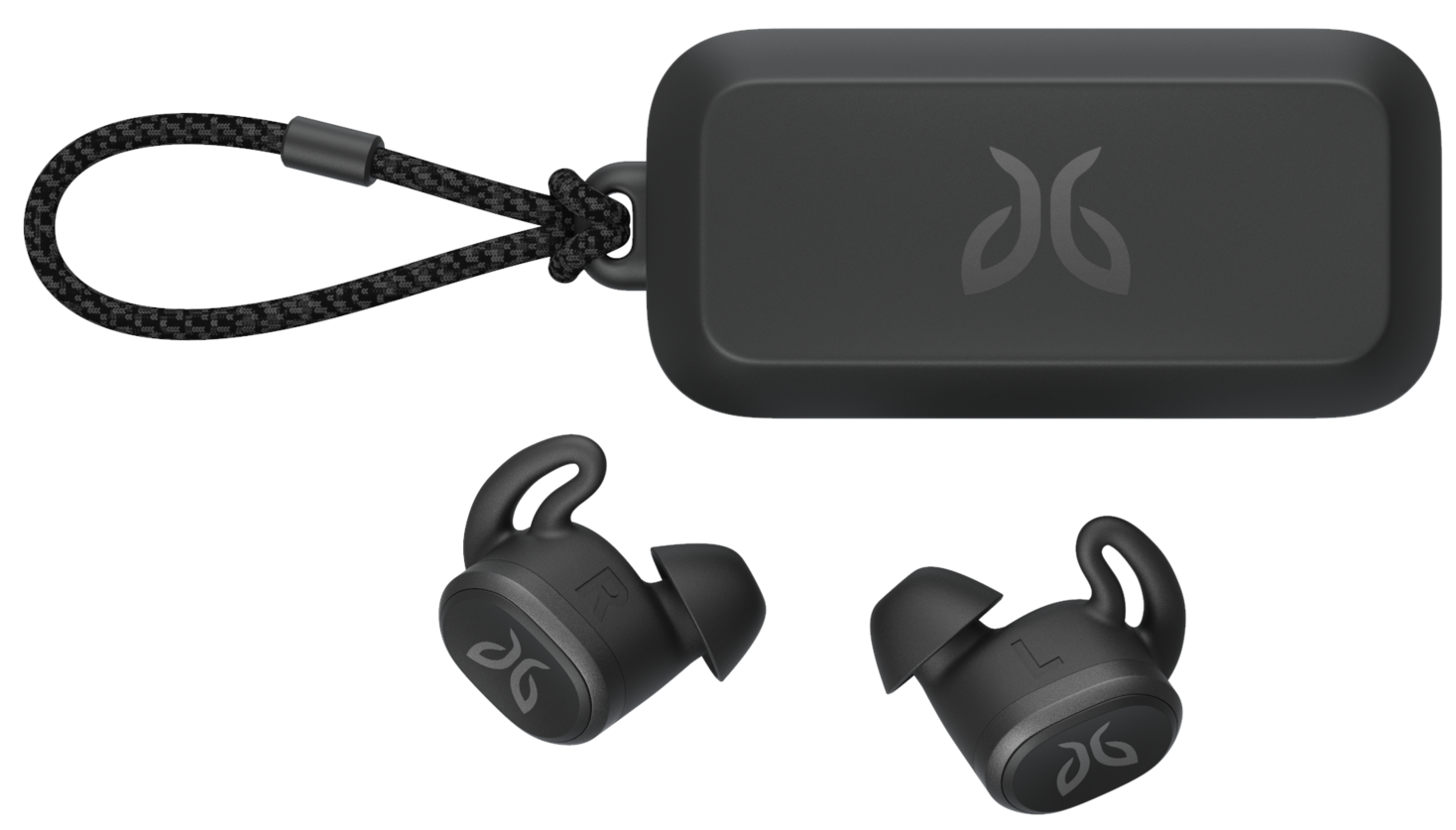
$180 at Jaybird
Jaybird goes mainstream
While the Vista truly wireless headphones are being marketed to runners and athletes, they're easily some of the most comfortable, portable and best-sounding earbuds I've worn to date. Certain features common in other earbuds are missing here, but they don't detract too much from the overall experience.
The Good
- Lightweight and super portable
- Fun, bass-heavy sound with right seal
- IPX7 waterproof, rare on truly wireless earbuds
- Decent battery life, plus quick charging via USB-C
- Easy to clean
The Bad
- No auto-pause or "hear-through" feature
- Default sound profile very bass-heavy
- Expensive
- Only supports SBC codec
- Low maximum volume
Jaybird Vista What sounds good
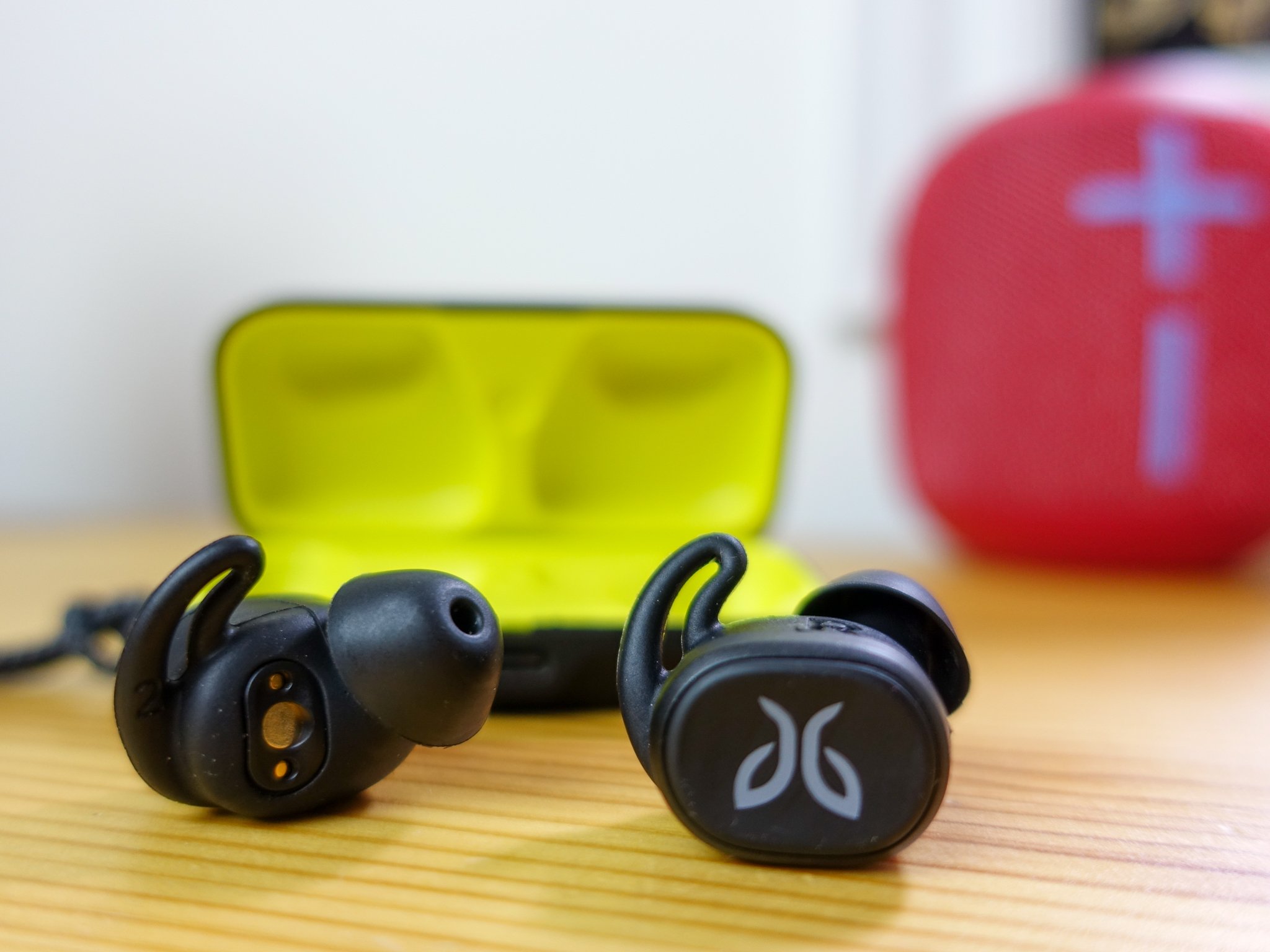
Where the Jaybird Run and its sequel, Run XT, were bulky and awkward, Vista is light — almost too light — and simple to use. Like all other truly wireless earbuds, they sit comfortably in a charging case that provides additional battery — in this case, an extra 10 hours to augment the six hours built into each bud — and latch closed with a satisfying magnetic snap.
When I say Vista is light, I mean all of it: each bud weighs just six grams, and the case is a svelte 45g. While the case, which charges via USB-C and has an external charging LED and an internal Bluetooth connectivity button and LED, is slightly longer than the AirPods case, the whole kit doesn't feel any less convenient to travel around with. The case I'd been stuffing into my pockets for the past few months, Jabra's Elite 65t, feels almost bulbous in comparison.
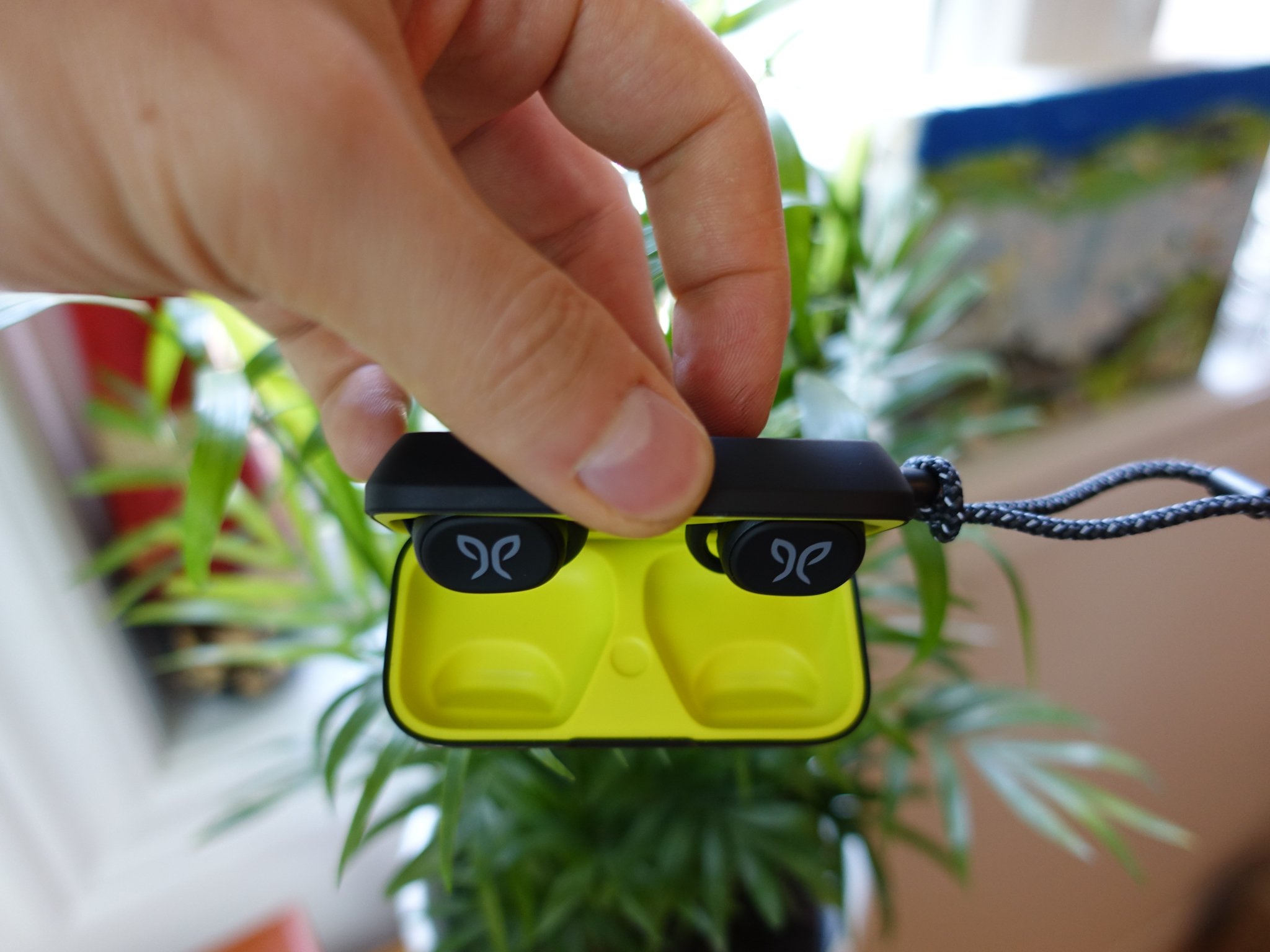
Thankfully, Jabra's employed strong magnets to latch the buds to the case when they're not in use; even a forceful upside-down shake won't dislodge them. Being sports-focused, the earbuds can withstand being completely immersed in water, but the more important metric is that they're not going to wear down from the inevitable prodigious amounts of sweat making contact with the plastic body and silicon ear tips.
There are three tip sizes in the box, but that doesn't really tell the whole story; they are relatively rigid, and wrap round the bud's body like a sheath, snapping into place when correctly installed. The default size, middle number two, were perfect for my ears — in fact, the Vista earbuds are more comfortable than any previous Jaybird headphones I've worn.
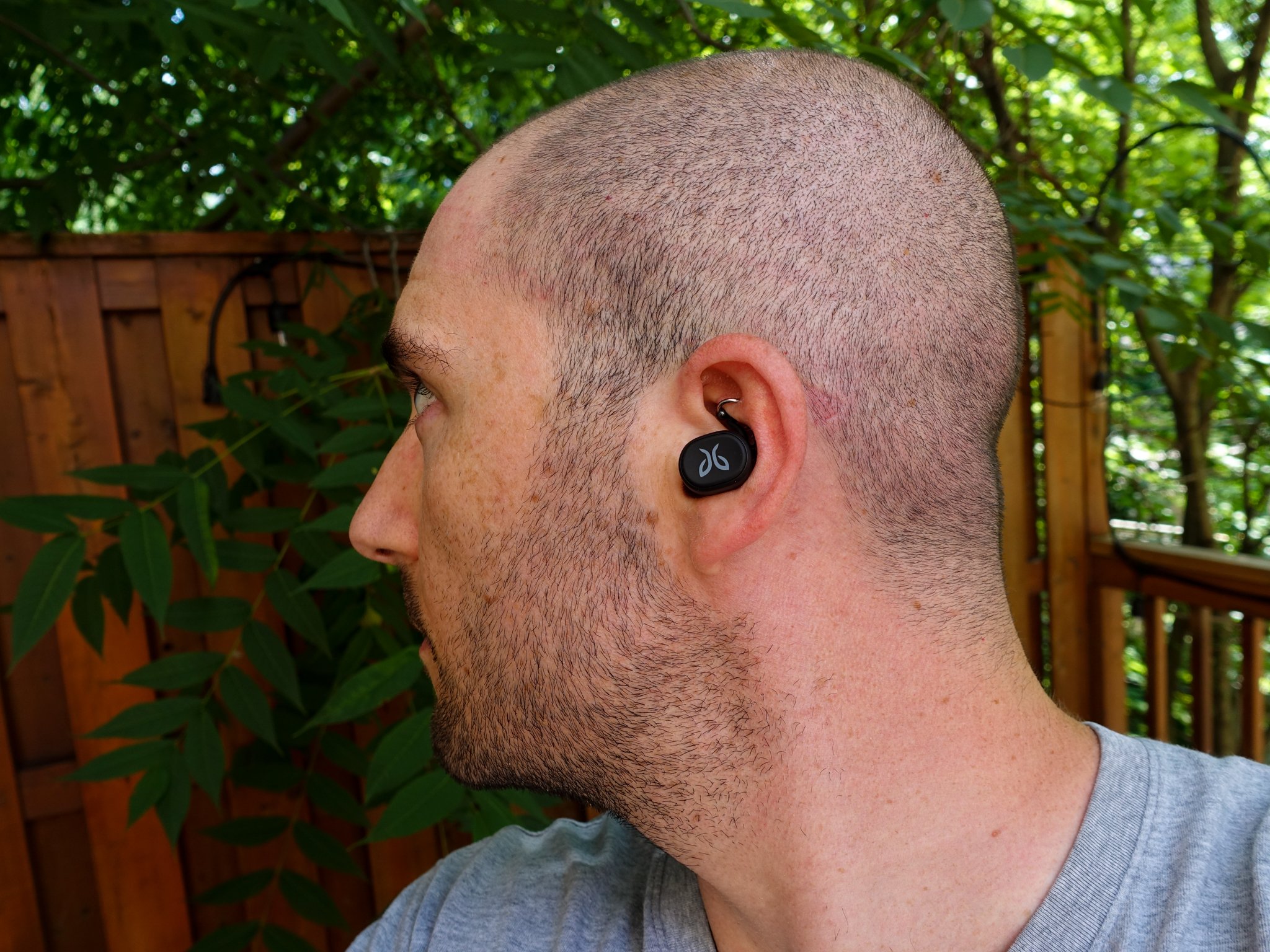
They sound pretty good, too. The default profile is very bass-heavy, at least to my bass-friendly ears — think quantity over quality in this regard — but Jaybird's Personal EQ feature, easy to access in the Android or iOS app, tames some of that bloated low-end. Once properly equalized, Vista sounds quite good for a pair of truly wireless earbuds; they're tuned for punchy rock or hip-hop, so don't expect tight treble or a super-wide soundstage, but the sound isn't fatiguing. They sound about on par with the Jaybird X4s, though the company says the 6mm drivers are brand new for this product.
The Jaybird Vistas are comfortable, lightweight and fun to wear, and they sound better than their tiny size would suggest.
With the redesign, Jaybird's also modernizing some of the more finicky aspects of the Run series; there's no longer a master/companion relationship between the two earbuds, so either can be used completely independently. As a result, the single button on each base is by default configured to perform the same things — single press for play/pause, double press for next track, triple press for previous track, and long press for power off. The taps can be reconfigured for Google Assistant or to adjust volume, but you'll need to dig into the app for that.
Graciously, the new platform comes with major improvements to connection quality and latency; unlike with the Run, which I had to shelve almost immediately after my review due to lingering connectivity issues, Vista is just plain solid. No dropouts, no garbling, no latency while watching video. It connects to the previous device every time and stays connected. This is the experience I want from a pair of truly wireless earbuds.
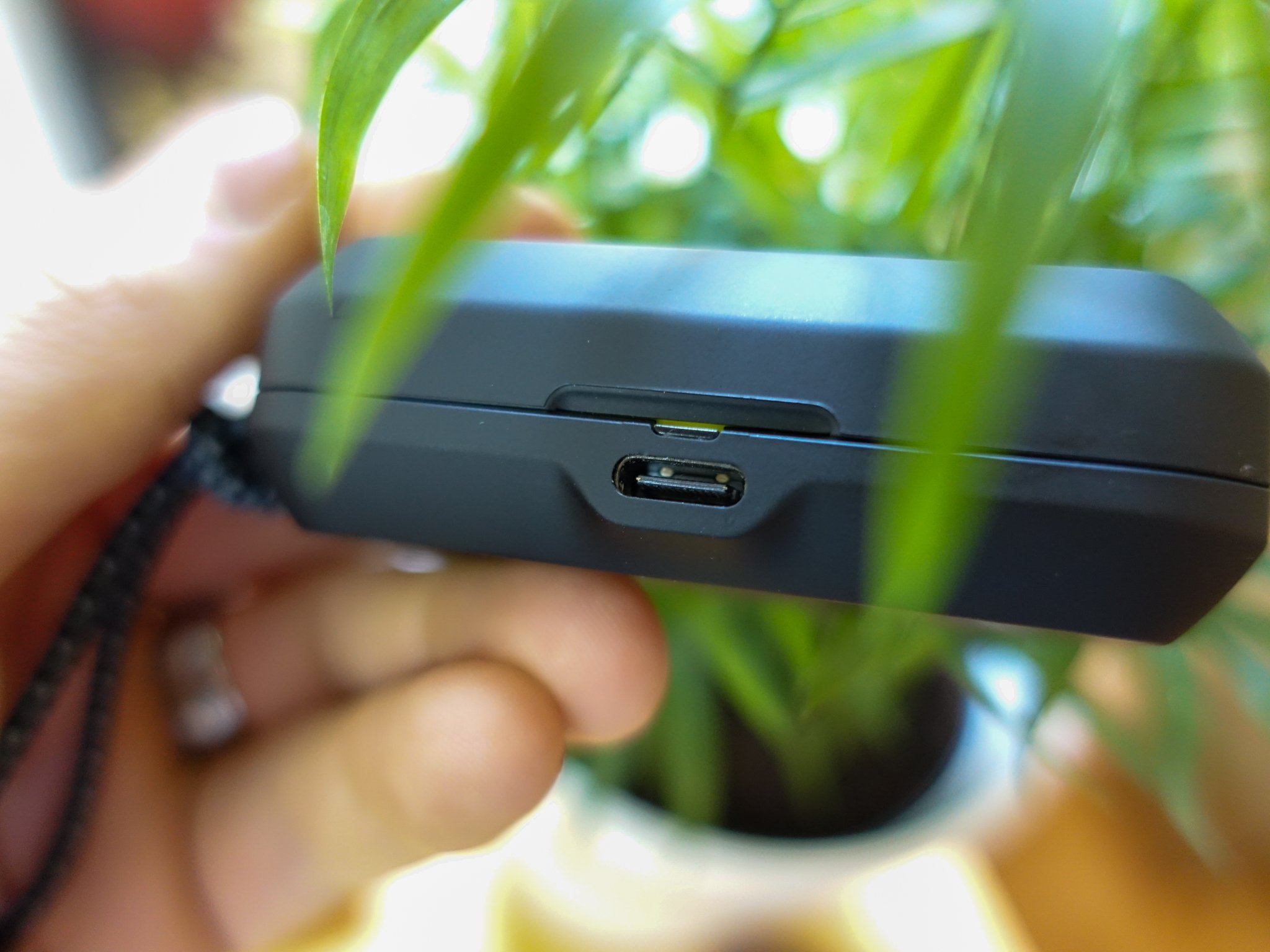
Jaybird advertises six hours of battery life per bud, plus an extra 10 hours from the case. I got close to that twice in my testing, around five hours and 45 minutes the first time and just over five and a half hours the second time. While the case lacks wireless charging, I'm pretty happy with the 16-hour combined uptime and USB C-based fast charging, which offers an hour of listening with a five-minute top-up.
I'm also pretty happy with the fact that, while running, neither Vista earbud budges. They stay put thanks to a thoughtful design that offers decent amounts of passive noise cancelation and an ear fin that keeps the bud in place. That I can simply run the earbud under a stream of water after a workout to clean it, too, is a bonus.
Jaybird Vista What sounds off
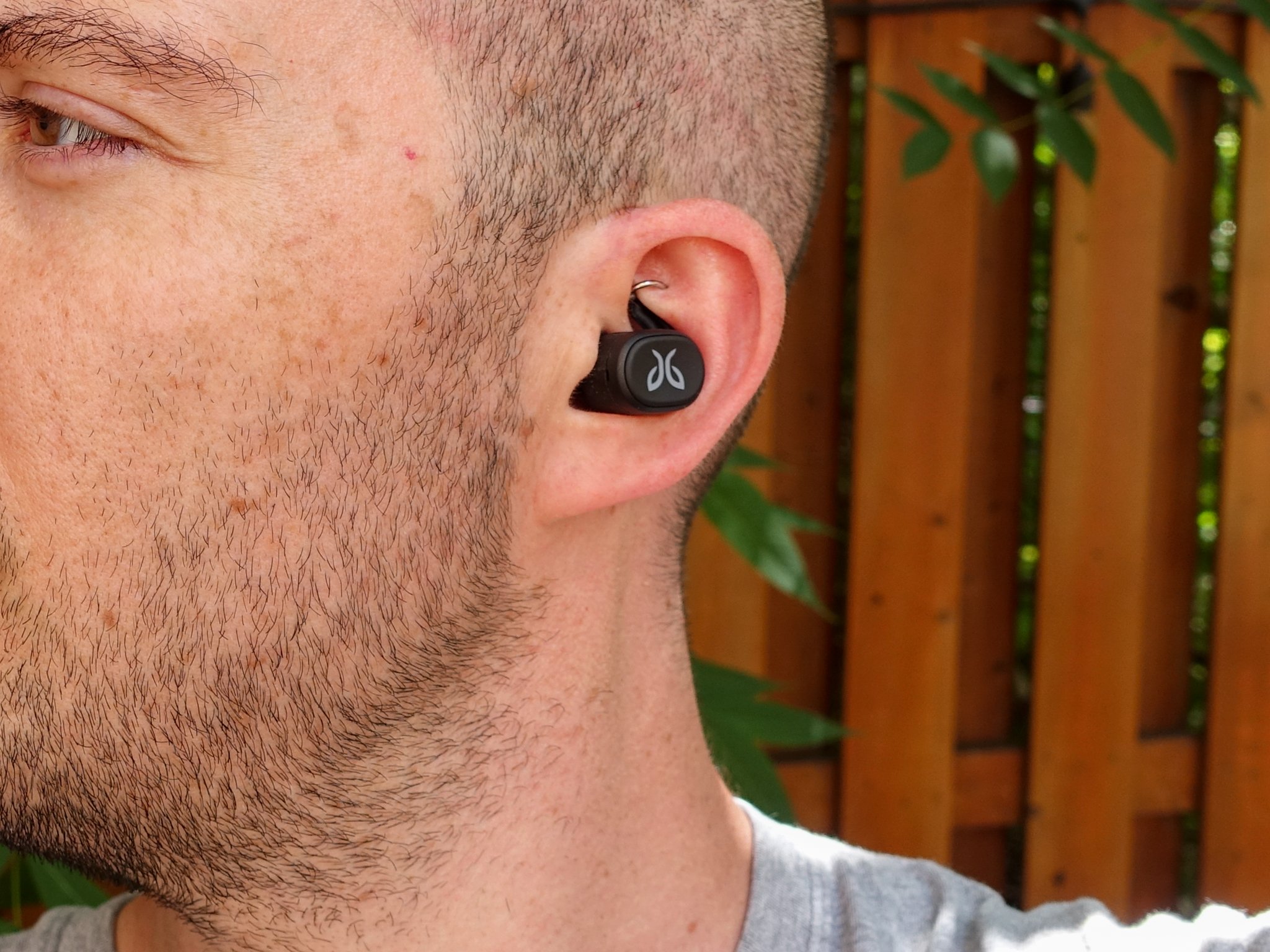
Jaybird did a lot of things right with the Vista earbuds, but in its quest to keep size down and complexity low, it eschewed a bunch of features I grew used to on other products like the Jabra Elite 65t. For starters, it doesn't auto-pause when removed from the ear, because there's no proximity sensor on board. That means when you inevitably have to remove one of the buds to talk to someone, you have to remember to pause the music beforehand.
Jaybird decided to forgo extra features, like auto-pause or an ambient mode, to keep size and weight down.
And unlike competitors like the Galaxy Buds and aforementioned Jabras, Jaybird didn't include a "hear-through" feature that utilizes the microphone in each ear to pump in outside sound and avoid having the remove the earbud in the first place. Considering the amount of passive isolation these things provide, I'm not happy with these omissions.
Similarly, the headphones only support the legacy SBC Bluetooth audio codec, so forget about higher-bandwidth options like AAC and aptX. This obviously affects sound quality, though perhaps not enough that the average person will notice, especially while listening to low-bandwidth streaming music.
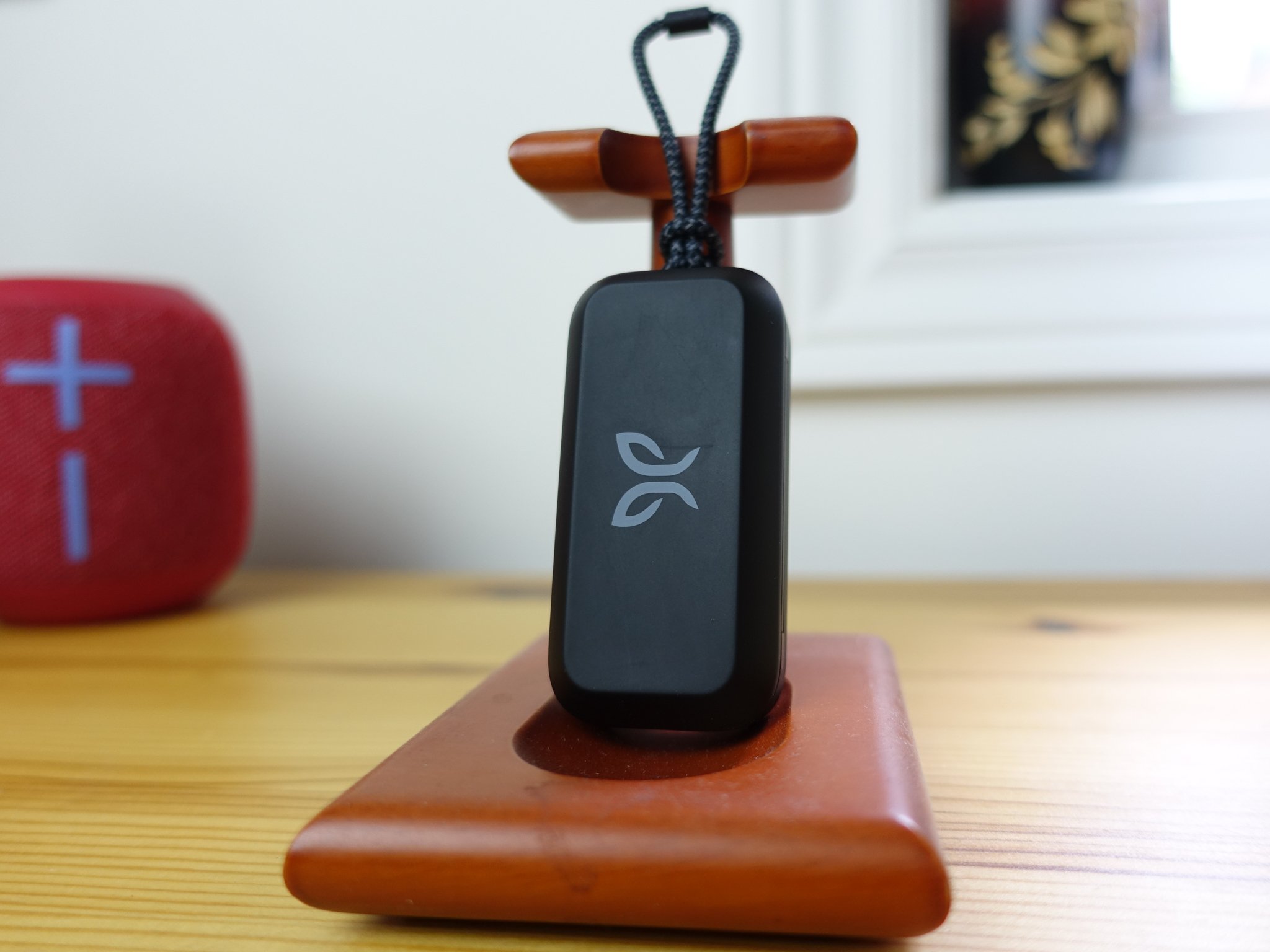
I'm also not enamored of the mediocre microphone quality on the Vista; I wasn't expecting active noise cancelation in a pair of truly wireless earbuds this small, but call recipients complained of distracting amounts of background noise, even when I was in a relatively quiet environment.
Finally, the current firmware has a maximum volume level that's quite a bit lower than most of Vista's competitors. While Jaybird assured me the issue will be corrected in an upcoming software update, I find myself having to maximize the volume on both the phone and the buds just to listen at comfortable levels outdoors. (I made sure the problem wasn't my phone as I got the same result on the Huawei P30 Pro, Pixel 3a, iPhone XS and Galaxy S10.)
The competition Jabra Beats Bose
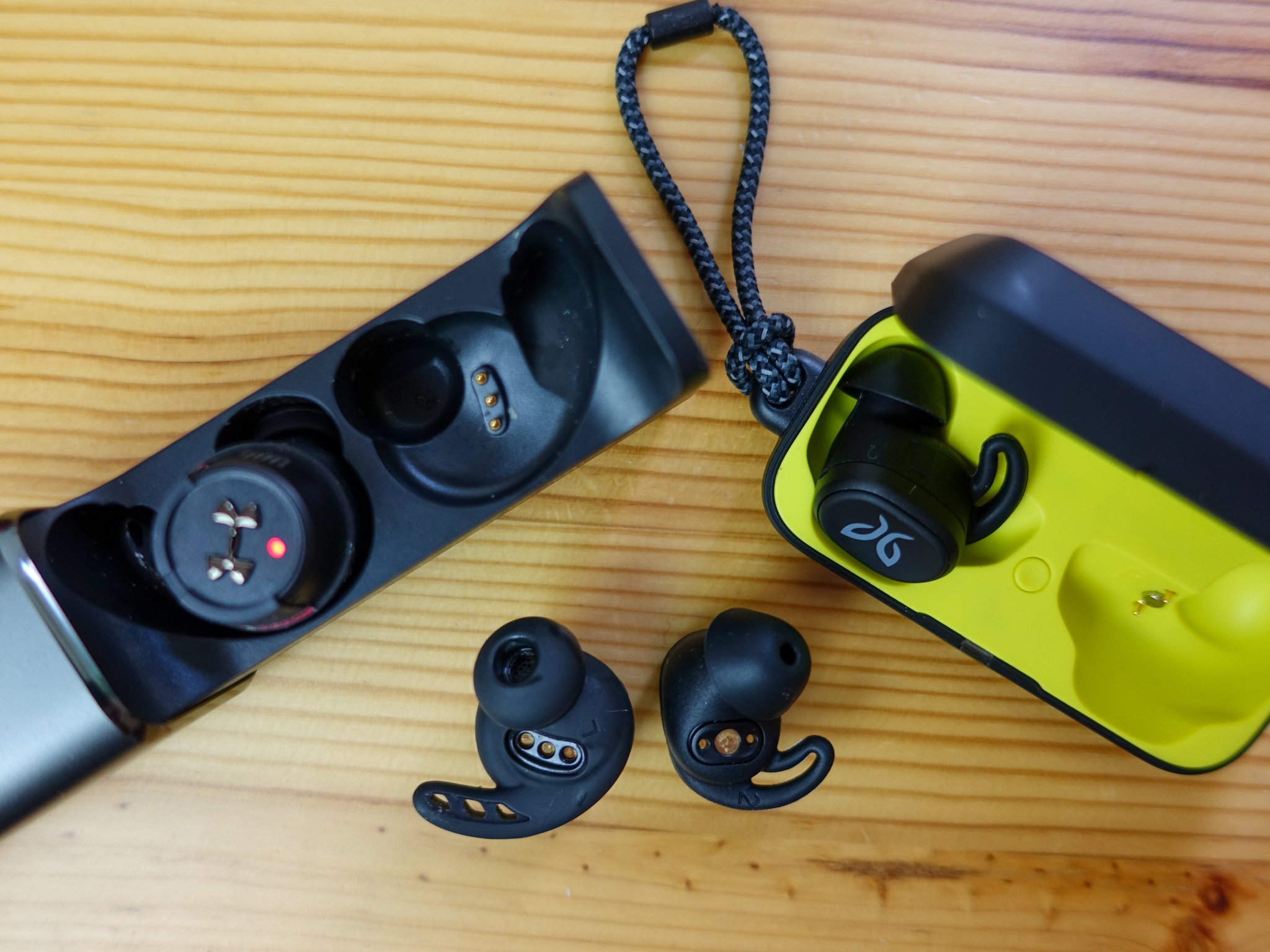
No product in this category sits alone in 2019, so it's worth going over some of Jaybird's competition. While the Run series is being discontinued, Jaybird's other wrap-around headphones offer virtually the same sound quality, comfort and ruggedness at much lower costs; the excellent X4 headphones are down to just $100 right now. The more luxurious Tarah Pros are even $20 cheaper than the Vista at $160.
Still, nothing beats the actual freedom of truly wireless headphones, which is why it's worth talking about Under Armour's JBL True Wireless Flash headphones. They're similarly IPX7 rated and, at $170, identically priced, but they're much bigger and heavier, and charge via Micro-USB. Still, they sound fuller and richer than Jaybird's offering, and have bass that's both smoother and more accurate, and they offer ambient passthrough.
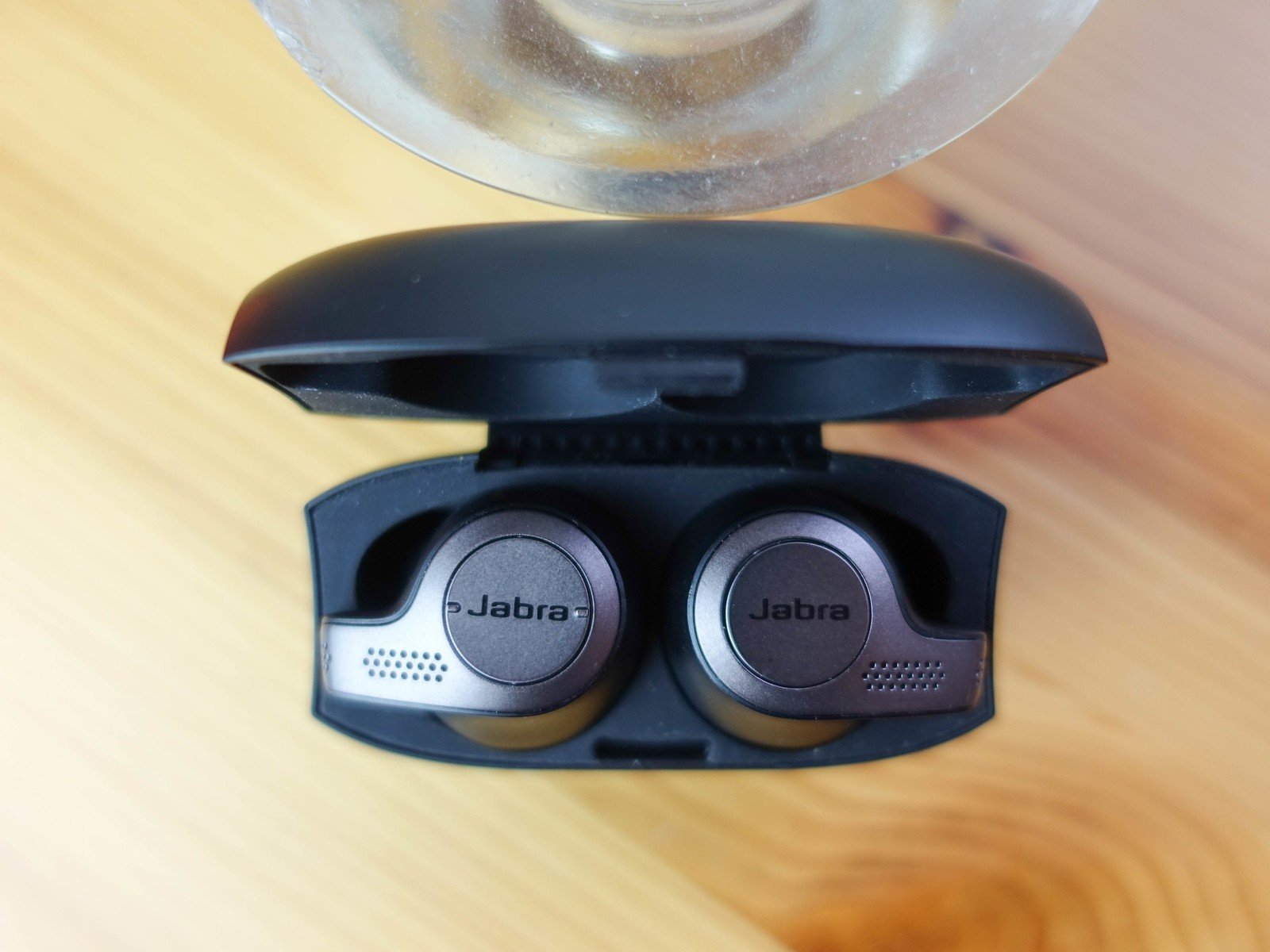
I've mentioned Jabra's Elite 65t truly wireless earbuds a number of times in this review because until now they've been my go-to choice for city-street listening. With an IP55 rating, they're not as secure against water and sweat as the Vistas, but they can withstand a rainstorm, and I prefer their sound profile. They charge with Micro-USB, though, which is why I made keep using the Jaybirds as my daily drivers for the foreseeable future.
Other competitors in the space that can't be ignored: Bose's well-received but expensive and aging SoundSport Free. At $200, I wouldn't recommend them anymore; they're heavy and obnoxiously big, and are coming up on two years old so they lack a lot of the amenities that come with newer headphones. I would recommend taking a look at Beats' new PowerBeats Pro, though: despite costing $250, they have incredible sound, nearly twice the battery life of the Jaybird Vistas, and come with secure earhooks to ensure a good fit. But $250 is $80 more than the Vistas, and I really don't think you're getting that much more in value.
Jaybird Vista Should you buy them?
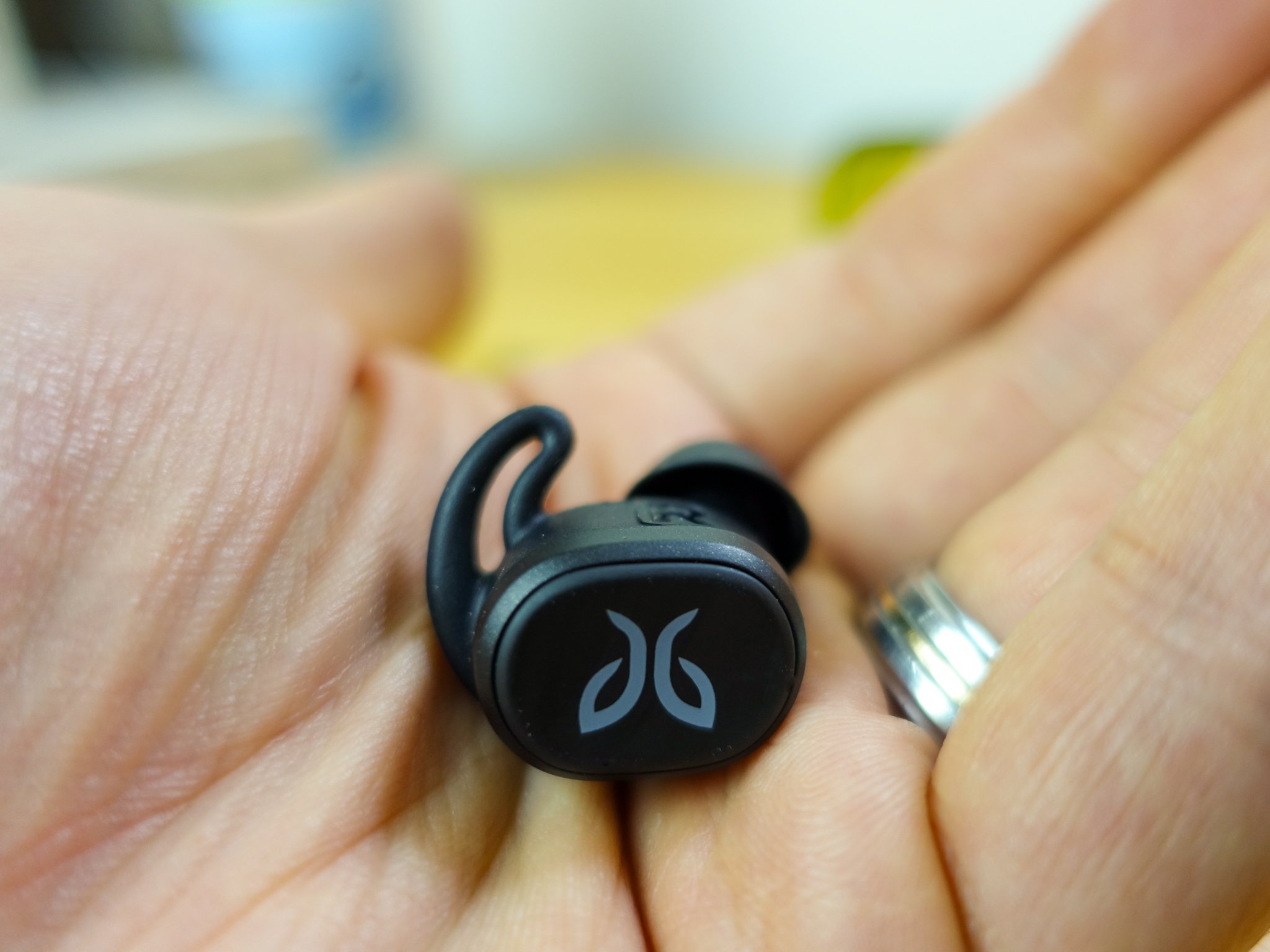
At $180, Vista is Jaybird's most expensive and most mainstream product. You're getting comfortable, great-sounding earbuds with awesome battery life and solid connectivity that are also waterproof and live in a relatively tiny case. What's missing is annoying more than devastating.
If you can justify the cost, the Vistas are easy to love and even easier to slip in a pocket. You don't have to be a runner to enjoy them, but if you are one they'll probably last you a long time.
Lightweight, deep bass
Jaybird Vista Truly Wireless Sport Headphones

$180 at Jaybird
Jaybird goes mainstream
While the Vista truly wireless headphones are being marketed to runners and athletes, they're easily some of the most comfortable, portable and best-sounding earbuds I've worn to date. Certain features common in other earbuds are missing here, but they don't detract too much from the overall experience.
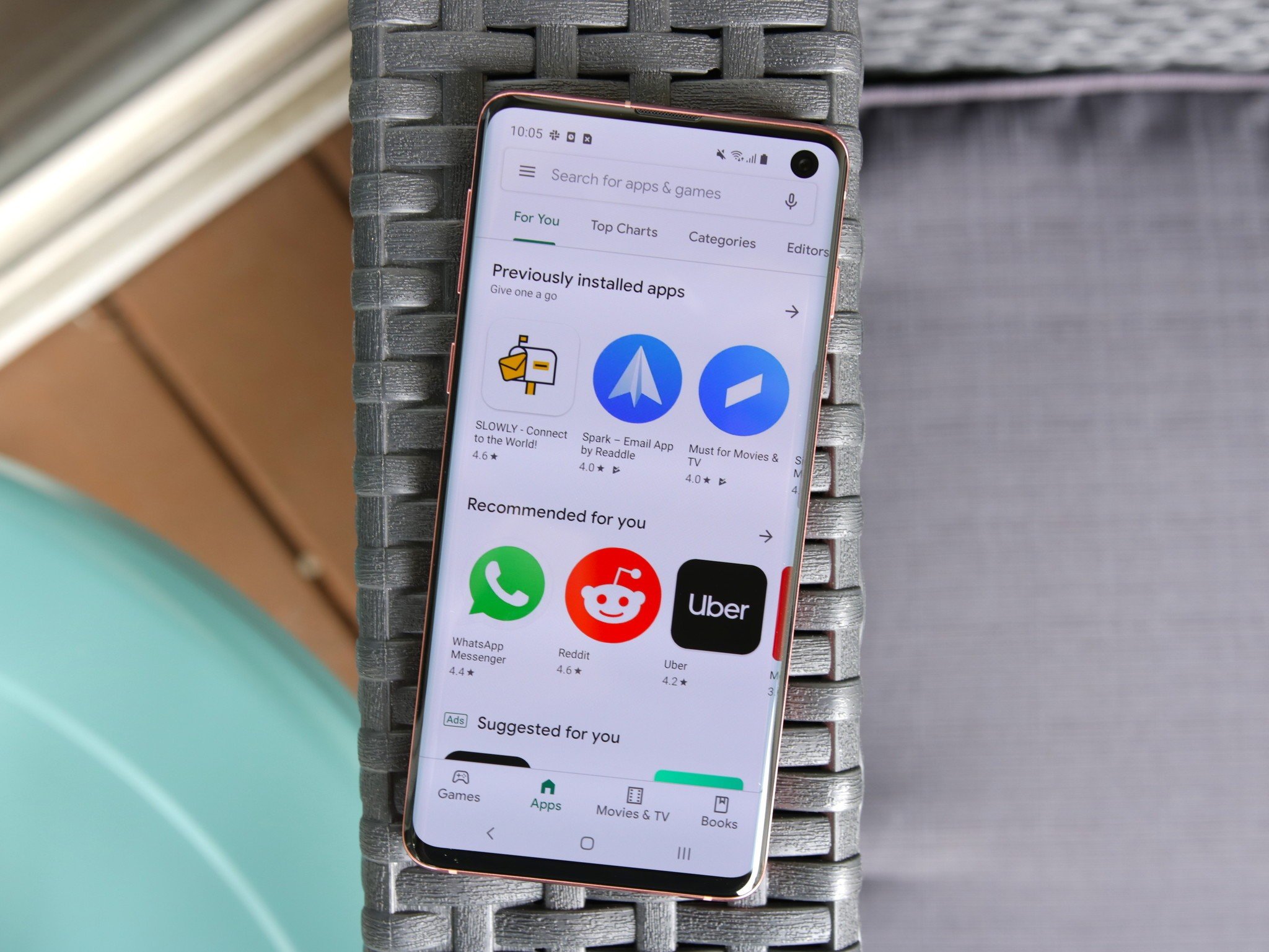


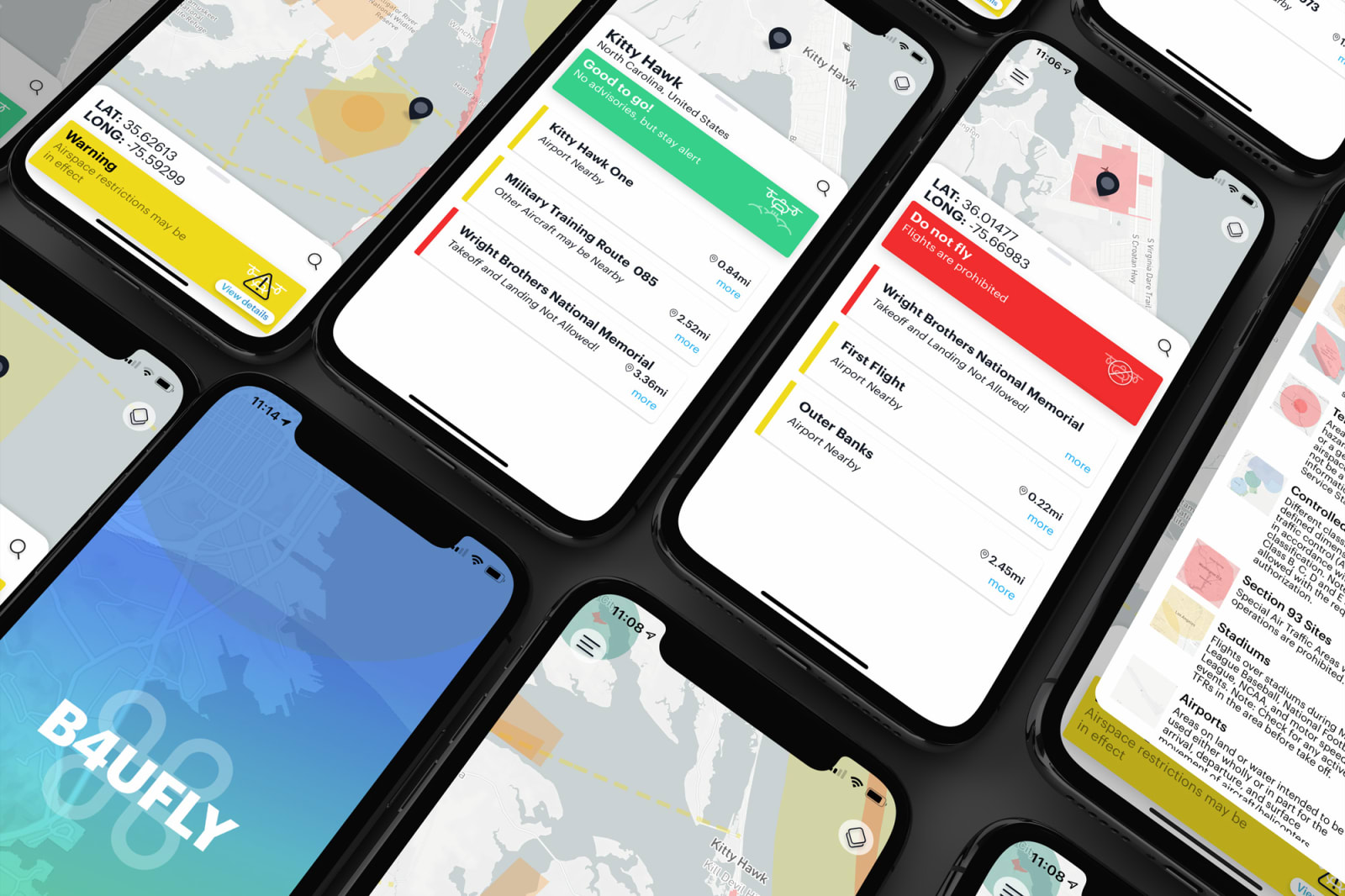 The FAA's free app that kept drone pilots aware of "no fly zones" performed a much-needed service -- but had few fans. The federal agency teamed up with drone software maker Kittyhawk to create a new version of the B4UFLY app that is being released t...
The FAA's free app that kept drone pilots aware of "no fly zones" performed a much-needed service -- but had few fans. The federal agency teamed up with drone software maker Kittyhawk to create a new version of the B4UFLY app that is being released t... If you've already mastered Crash Team Racing Nitro-Fueled, the game has another challenge for you. When Activision and Beenox revealed their revival of the Naughty Dog classic last month, they kicked off the Nitro Grand Prix. With that first race com...
If you've already mastered Crash Team Racing Nitro-Fueled, the game has another challenge for you. When Activision and Beenox revealed their revival of the Naughty Dog classic last month, they kicked off the Nitro Grand Prix. With that first race com...











 Fake meat is coming to a barbecue near you. Impossible Foods has been granted approval by the FDA to sell its plant-based meat in US grocery stores this fall, reported Bloomberg. After expressing some initial doubts, the agency formally ruled that so...
Fake meat is coming to a barbecue near you. Impossible Foods has been granted approval by the FDA to sell its plant-based meat in US grocery stores this fall, reported Bloomberg. After expressing some initial doubts, the agency formally ruled that so...

 While most pranks that originate from YouTube are terrible, a recent one targeted at homeless people in Los Angeles was particularly abhorrent and cruel. According to the Los Angeles Daily News, a group of online pranksters connected with popular You...
While most pranks that originate from YouTube are terrible, a recent one targeted at homeless people in Los Angeles was particularly abhorrent and cruel. According to the Los Angeles Daily News, a group of online pranksters connected with popular You...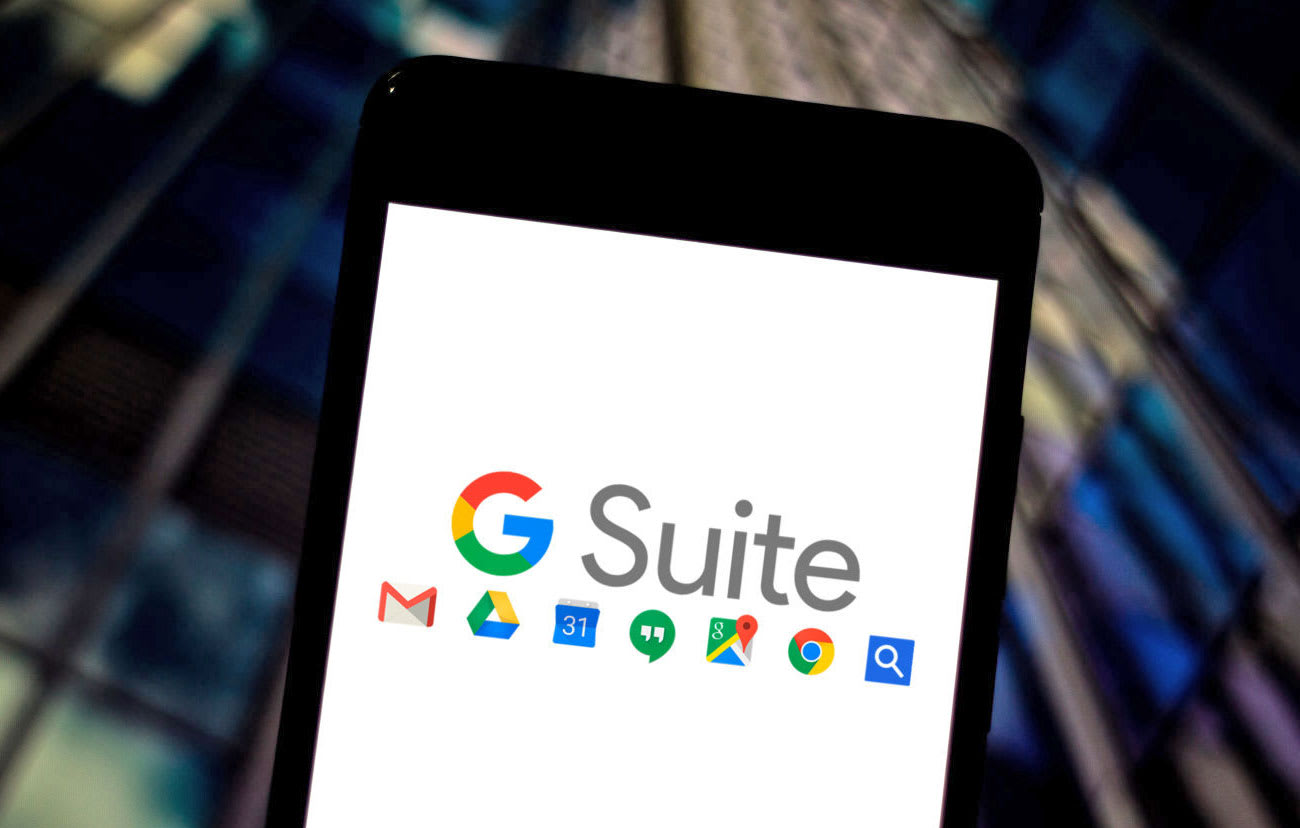 Google is levelling up its security for businesses. The company unveiled a host of new protections for its G Suite, Google Cloud Platform (GCP) and Cloud Identity customers at the Next Tokyo summit. G Suite Enterprise admins can choose to enroll high...
Google is levelling up its security for businesses. The company unveiled a host of new protections for its G Suite, Google Cloud Platform (GCP) and Cloud Identity customers at the Next Tokyo summit. G Suite Enterprise admins can choose to enroll high...











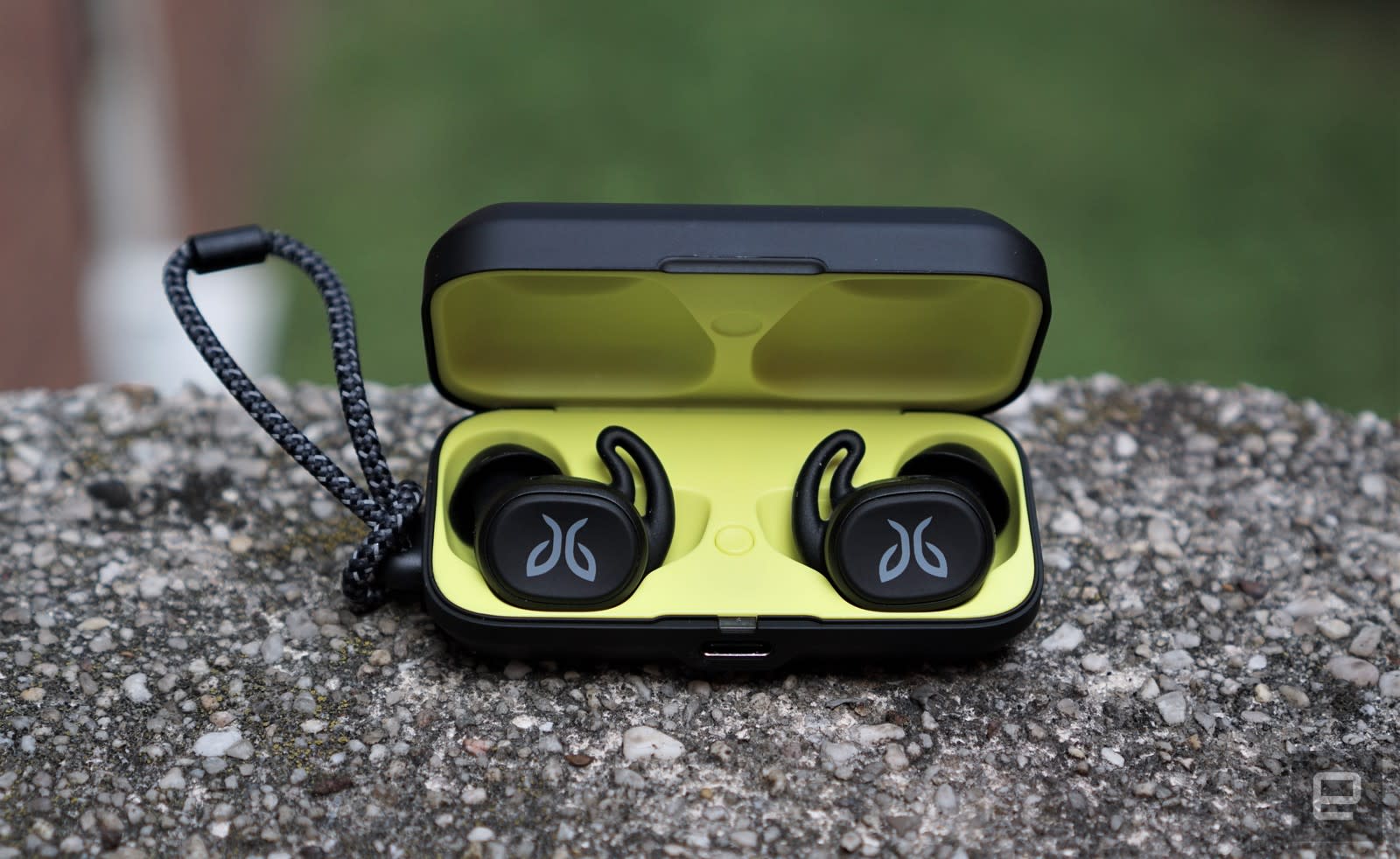 Since we reviewed Jaybird's Run, the company's first truly wireless earbuds, the competition has heated up significantly. So much so that just making the Run fully waterproof isn't enough -- Jaybird needs something bold to turn heads (and ears) again...
Since we reviewed Jaybird's Run, the company's first truly wireless earbuds, the competition has heated up significantly. So much so that just making the Run fully waterproof isn't enough -- Jaybird needs something bold to turn heads (and ears) again... NASA is helping 13 companies develop technologies that could benefit its future missions. Jim Reuter, the associate administrator of NASA's Space Technology Mission Directorate, explained that the agency has identified the key areas it needs for futu...
NASA is helping 13 companies develop technologies that could benefit its future missions. Jim Reuter, the associate administrator of NASA's Space Technology Mission Directorate, explained that the agency has identified the key areas it needs for futu...